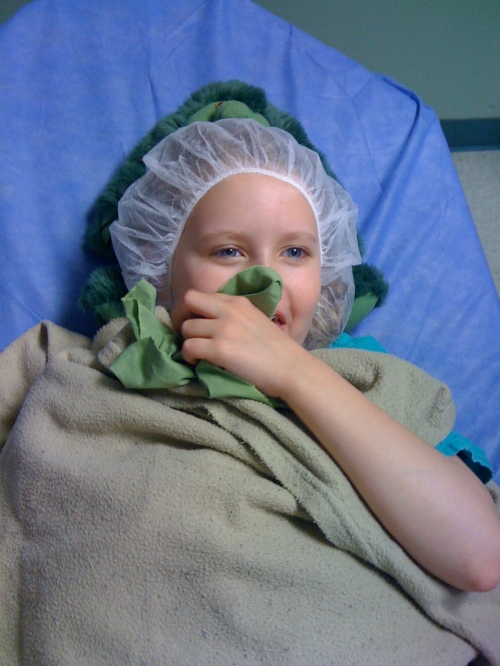The parent of a severely disabled child asked me a few weeks ago what I wanted for Emma. She was referring to the long term, the far off future.
“I’m assuming you’re not expecting her to go to Harvard,” she said.
Well no, I thought. That has never been a goal for either of my children, but I didn’t say that to her. Instead I said, “I want her to be able to live independently. I would like her to have friendships, to be able to find something she loves doing and takes pride in. I would like her to be a kind, thoughtful person who is able to contribute in some way to society and our world,” I stopped for a minute. “I guess I want her to feel good about who she is in the world.”
She nodded her head.
When Richard and I decided we wanted to try to have children we spent many hours discussing our views on parenting and childrearing. We were in agreement with almost everything. Neither one of us cared what college our child went to or even if they went to college. We both agreed we were more concerned with our children finding a career they loved. We agreed we wanted them to be kind, to be generous, to consider others and to behave in ways which foster that. We agreed we did not care what their sexual orientation turned out to be and we did not own them. We both felt strongly our children, if we were lucky enough to have any, were not an extension of ourselves, but independent beings. We agreed it was our duty to guide and advocate for them until they were old enough to advocate for themselves.
When I was pregnant with Nic I asked my mother if she had any advice for me. She said, “Love them with all your heart, tell them how much you love them as often as you can and one day they’ll forgive you.”
It was the single best piece of advice anyone has ever given me. We as parents will make mistakes, we will use a harsher tone than we meant to or are even aware of, we will say things in anger we didn’t mean, we will model behavior that is not always exemplary, we will do things we wish we hadn’t. But we can say – I’m sorry. I made a mistake. And we can convey our love for our children as often as we are able to.
When Richard and I first received Emma’s diagnosis we were given a barrage of information. We were told to get Emma between 35-40 hours a week of ABA therapy. We trained with the ABA coordinator so we could continue using ABA with Emma after the therapists left. I remember thinking after the hundredth flashcard maybe I should just hold her. Emma wouldn’t let anyone else hold her, but if I sat in the rocking chair she would crawl into my lap. I would put my arms around her with her head resting on my chest and we would sit like that together for up to an hour sometimes more. During that early period it was the one thing I felt I could do with Emma, which no one else was able to do. It seemed more important than forcing her to do yet another puzzle or one more sequencing game. I reasoned, for a child who appeared emotionally cut off from other human beings, holding her was a kind of therapy too and perhaps as essential if not more essential than any of her other therapies.
Those hours spent with Emma in my lap were bliss. Whether the physical affection made a difference or not I cannot know for sure. My guess is it did and continues to make a difference. To this day I remember as a little girl sitting between my mother’s legs by our swimming pool and leaning my small body against hers, her arms wrapped around me. There is something about physical touch, which promotes a state of well being unlike anything else.
It is that state of well being I wish for both my children.


